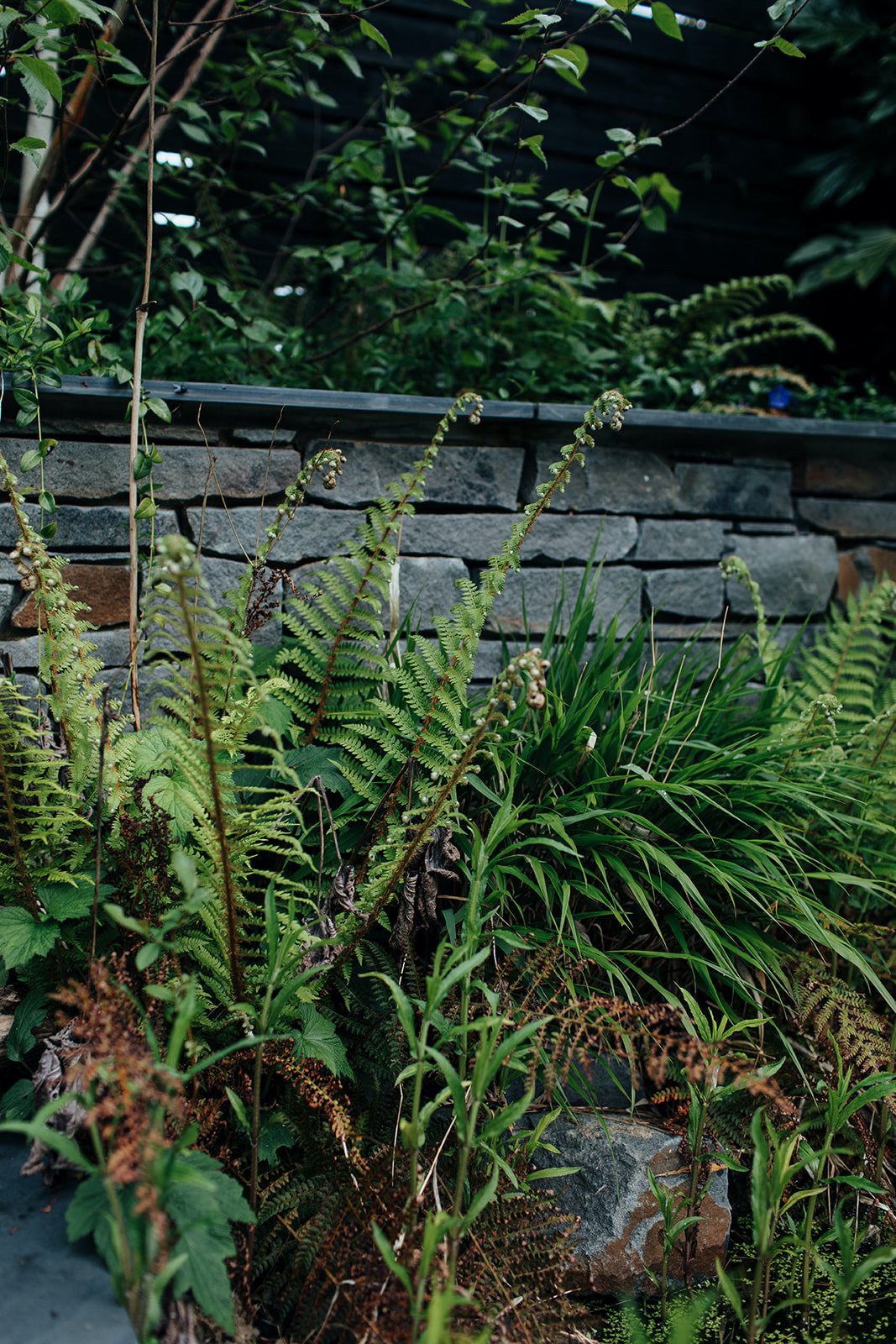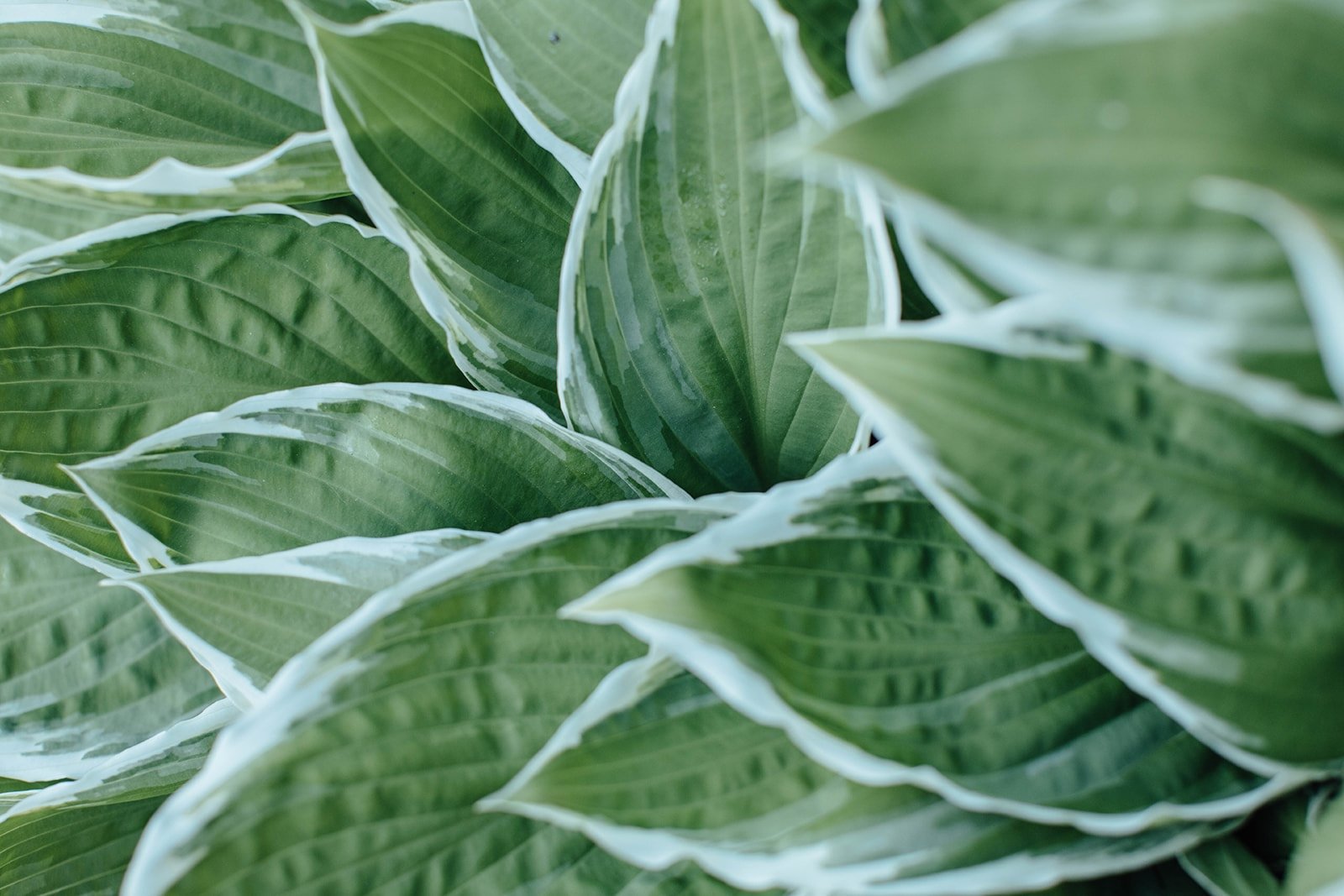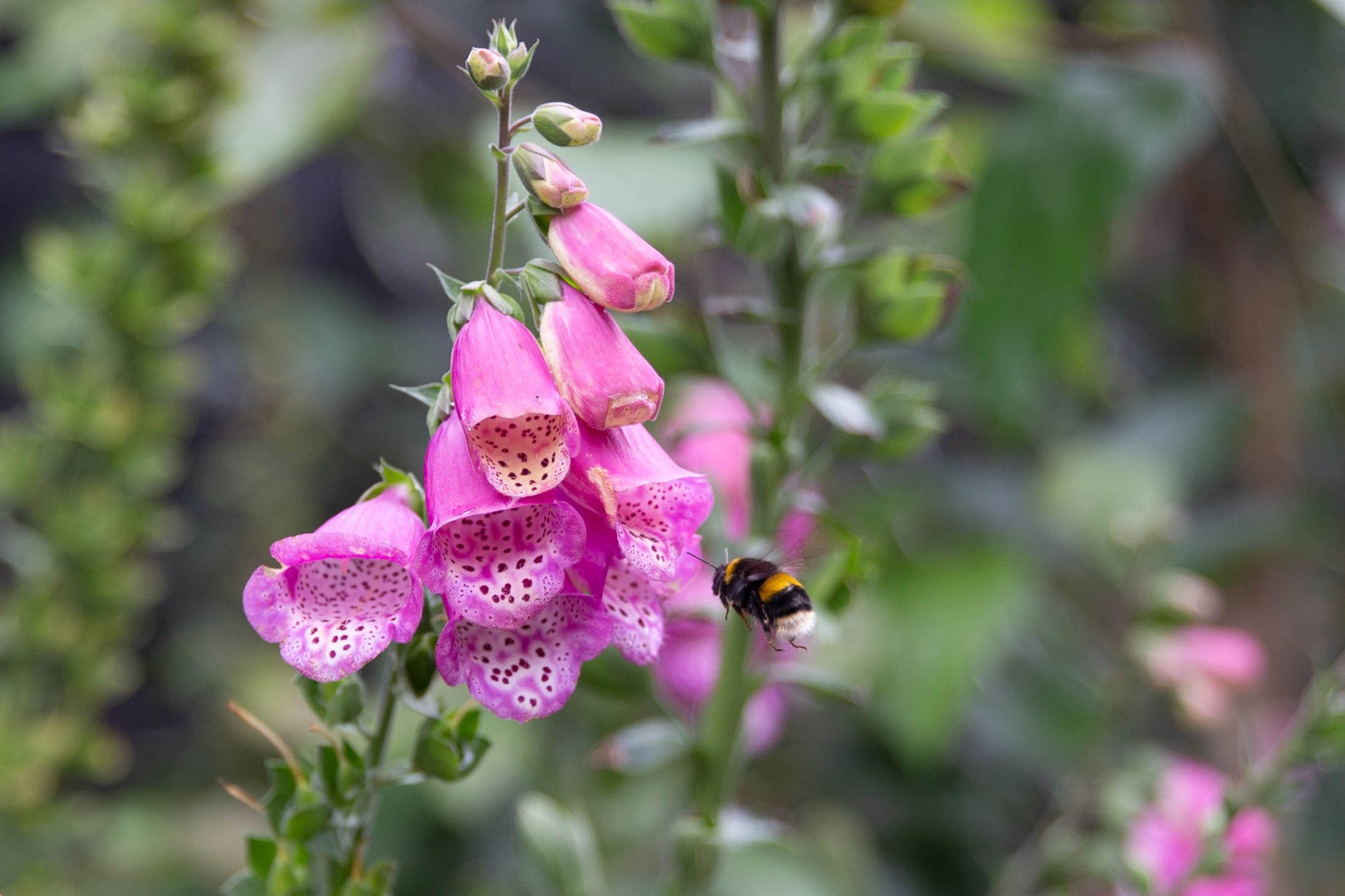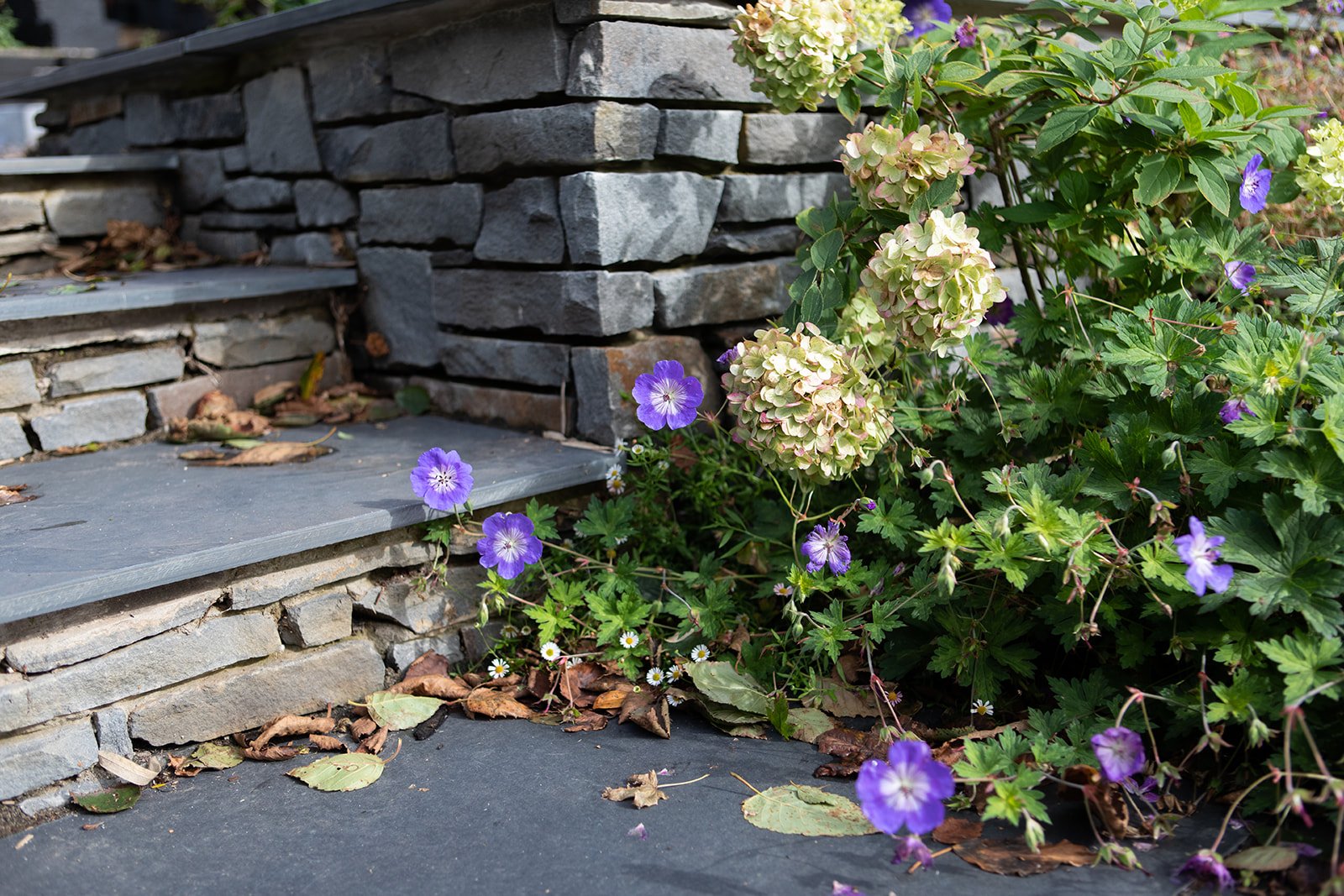Ten favourite: plants for shade
It sometimes feels as if gardeners can be a bit wary of shadier areas of the garden, and yes, there is probably slightly less choice of plants available than those sun-soaked areas where you can grow a huge range of flowers, fruit and vegetables.
But we’ve always had a soft spot for the shady areas and shade planting. This is the perfect place to play with different leaf textures, with all of the gorgeous varieties of green, or with glossy leaves that can shine out in low-light conditions.
And in fact, once you start to look, there is actually a fairly dizzying array of plants that can not only cope in shaded spots, but actively thrive. Here are ten of our favourites. Are yours on this list?
Ferns
Always our top choice for shaded areas, our love of ferns shows no signs of fading!
There are a huge variety of ferns, and almost all of them do best in shaded and damp positions, many of them growing most happily in complete shade.
For year-round interest, there are plenty of evergreen ferns, many with glossy leaves that look especially good shining out of dark areas. And there are even ferns that grow happily in the most inhospitable-seeming areas, such as the ones in this picture happily growing out of a wall.
To find the perfect fern for you, take a look at our guide of our ten favourite ferns.
And read more about how to care for ferns in our fern plant guide.
2. Hostas
Even though they’re on this list, we have to admit to having a bit of a love-hate relationship with hostas. Yes, a happy hosta is an absolutely glorious-looking plant, with big broad leaves, that have textural deep veins running down the middle. The trouble is, a happy-looking hosta can be hard to find, because they are such a popular food for slugs and snails! If you are lucky enough to have a garden without too many slugs or snails, then this is a stunning plant for a shady area. But we’ve found that in places with lots of molluscs, it’s just not worth the fight to try and keep them away from your hostas, and a hosta covered in bite marks just doesn’t look quite so appealing.
Assuming that slime trails aren’t too much of a problem in your garden, then hostas are a good low-care option, that look especially good growing alongside ferns. They prefer moist soil, so will need watering through any especially dry spells, but other than that will pretty much take care of themselves.
And if you really want hostas, but know that your garden is a slug and snail magnet, then it can be worth growing them in pots, which you can surround with copper tape as a deterrent.
Read more about hostas in our plant guide.
3. Astilbes
While there are plenty of gorgeous plants that do well in shaded conditions, there aren’t so many impressive flowering plants, compared to those that grow in full sunlight. Astilbes are a definite exception!
With amazing frothy flower heads that grow above the beautiful dissected leaves, astilbes can reach up to around a metre tall, or more, so are perfect for a position towards the middle or back of a bed.
They do best in part shade, rather than full shade, and need plenty of water, so are perfect for damp gardens, bog gardens and rain gardens.
Read more about growing astilbes in our astilbe plant guide.
4. Brunnera marcophylla ‘Jack Frost’
Such a gorgeous groudncover plant for shade, we adore the delicate veined leaves of Brunnera ‘Jack Frost.’
This is a deciduous plant, so the leaves die back over the winter months, and the plant goes dormant beneath the soil. So it’s good for a spot where it doesn’t matter too much if it leaves a bare patch over the winter.
The only downside of this plant is that its leaves can be a magnet for slugs and snails - perhaps one to avoid if you have lots in your garden.
Read more about how to grow Brunnera in our plant guide.
5. Foxgloves
Not a plant for deep shade, foxgloves grow best in light, dappled shade, so are perfect to grow under deciduous trees, or at the edge of woodland areas.
One of our very favourite plants for the tall flower spikes in summer, loved by bees as much as by us! Though they’re biennials (growing, flowering and dying in two years), when happy, foxgloves tend to self-seed, so you might spot new plants growing up around the original ones. The flower colour of these tend to eventually revert back to pinky purples, whatever the original plant colours were.
Read more about how to grow and care for them in our foxglove guide
6. Pachysandra terminalis
Pachysandra is such a trooper, as it will really grow just about anywhere, and is perfect groundcover for a shaded spot where not much else will thrive.
It’s very quick growing, so you only need one small plant, and it will quickly fill the spot, growing into a dense mat (sometimes growing a little bit too quickly, so do keep an eye on it, and prune back if necessary to stop it overtaking any neighbours.)
Its toothed leaves are evergreen, so look good all year round. In Summer, it puts out very small white flowers, but this is a plant really grown for its foliage.
7. Sarcococca
A really invaluable plant for winter scent, sarcococca is a gorgeous, easy-going plant, with glossy evergreen leaves, that we include in almost every garden!
Often referred to as ‘Christmas box’ because its leaves and form are similar to the box plant, this plant really comes into its own in Winter months when the tiny white flowers let off the most incredible perfume.
A brilliant plant for evergreen structure, they’re perfect for a front garden, so that you can smell the gorgeous flowers every time you go into the house.
They grow best in full to part shade, but can tolerate a bit more light if they’re in damp soil.
8. Astrantia
Alongside foxgloves, astrantia are one of our all-time favourite flowering plants for part shade. They do best in moist but well-drained soil, and won’t grow well in very dry areas, so are perfect for places with plenty of rain (like us in Wales!) or in rain gardens.
The gorgeous pin-cushion shaped flowers are great for bees and other insects, look amazing in the garden, and last really well as cut flowers too.
An absolute essential for us, in all gardens!
Read more about growing and caring for astrantia in our plant guide.
9. Fatsia japonica
Another classic for the shade garden, fatsia is a tall evergreen shrub that can grow in full shade, part shade, or even sun.
Its glossy palmate leaves (shaped like a hand) can grow really large, and shine out from a shady position.
A really invaluable shrub for spots where not many other plants will grow.
Read more about growing and caring for fatsia in our plant guide.
10. Ivy
No shade-loving plant guide would be complete without a mention of ivy!
The scourge of some gardeners because of its fast-growing nature, ivy is nonetheless a really useful plant to include carefully in a garden.
It will grow up and cover walls in shady areas, produces flowers and berries that are essential for pollinators at a time when not many other plants are flowering, and we also think it looks great growing up the trunk of trees, like this photo here.
There are plenty of different varieties of ivy, so if you’re worried about it getting out of control, choose one that is slower-growing.
Read more in our ivy guide.


















